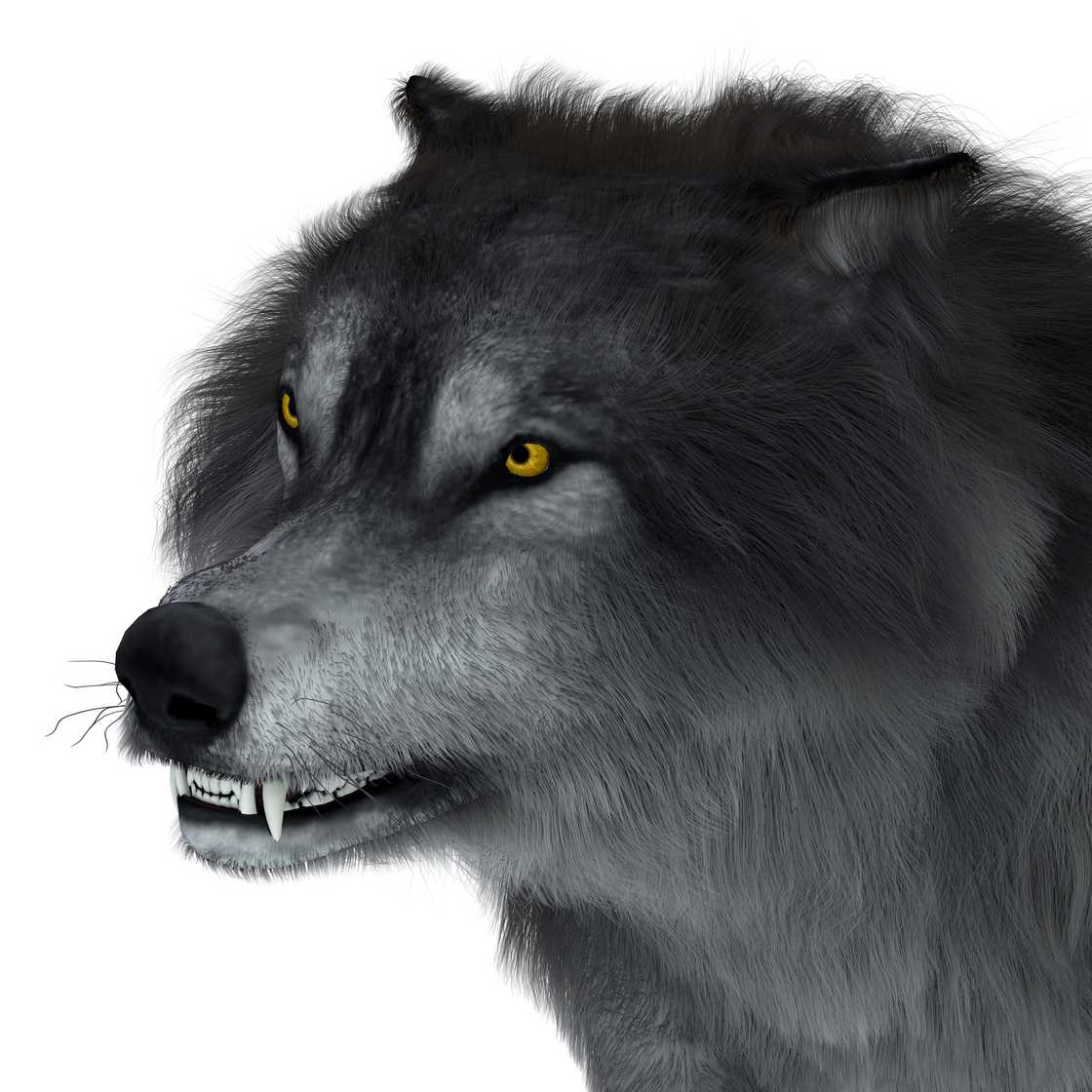Scientists Resurrect Dire Wolf That Went Extinct 10,000 Years Ago, Video of Their Voices Emerges
- Scientists at Colossal Biosciences successfully resurrected dire wolves using advanced genetic engineering techniques, marking the first recorded case of de-extinction
- Three dire wolf pups—Romulus, Remus, and Khaleesi—were born through surrogacy, showcasing traits such as larger size, snowy white coats, and distinct wild behaviours
- This breakthrough raises hopes for conservation but also prompts ethical discussions about the risks and implications of genetic engineering
CHECK OUT: Education is Your Right! Don’t Let Social Norms Hold You Back. Learn Online with LEGIT. Enroll Now!
Scientists have announced a breakthrough in genetic engineering, claiming to have successfully resurrected dire wolves that went extinct around 12,500 years ago.
A team at Colossal Biosciences, which is also working on reviving the woolly mammoth, has produced three dire wolf pups named Romulus, Remus, and Khaleesi.

Source: Facebook
According to TIME, these wolves were born through advanced genetic editing and surrogacy techniques, marking what they call the “world’s first de-extinction.”
Characteristics of resurrected dire wolves
Romulus and Remus, now six months old, have already grown to nearly four feet long and weigh 80 pounds, with the potential to reach up to six feet and 150 pounds as adults.
Unlike domestic dogs, they exhibit wild lupine behaviour, keeping their distance from humans. Their snowy white coats, larger size, powerful shoulders, and distinctive howls set them apart, showing traits similar to ancient dire wolves that once roamed the Americas.
Scientific methods behind their revival
The dire wolf genome was reconstructed using DNA from ancient samples, including a 13,000-year-old tooth and a 72,000-year-old ear bone.
Scientists edited the genetic code of a common grey wolf to match the dire wolf’s genome. Using surrogate hound dogs as mothers, the team successfully brought Romulus, Remus, and Khaleesi into the world through engineered embryos.
The pups were born by caesarean section under careful monitoring at a specialised facility.

Source: Getty Images
Broader goals of genetic engineering
Colossal Biosciences aims to use genetic engineering not only for de-extinction but also to prevent endangered species from disappearing.
The techniques developed for restoring the dire wolf could help preserve animals like red wolves and elephants affected by climate change. While their work has sparked excitement, concerns about the ethical implications and potential risks of genetic engineering remain.
See the video here.
See another video below:
About genetic engineering
Genetic engineering is the process of altering an organism’s DNA to modify or enhance specific traits. Using advanced technologies, scientists can insert, delete, or rewrite genetic material in plants, animals, or microorganisms to achieve desired outcomes.
It has applications in medicine, agriculture, and conservation, including producing disease-resistant crops and developing innovative treatments like gene therapy.
New earth with conditions suitable for people found
Legit.ng earlier reported that in a finding published in the journal Astronomy & Astrophysics recently, a 'super-Earth' planet was found outside of the solar system that could have conditions suitable for life.
According to experts at the University of Oxford, the planet known as HD 20794 d has a mass six times greater than Earth's and orbits within the 'habitable zone' of a star similar to the sun.
Located 20 light-years away, scientists believe that HD 20794 d could be at an optimal distance from its nearest star to sustain water on its surface.
PAY ATTENTION: Сheck out news that is picked exactly for YOU ➡️ find the “Recommended for you” block on the home page and enjoy!
Source: Legit.ng





